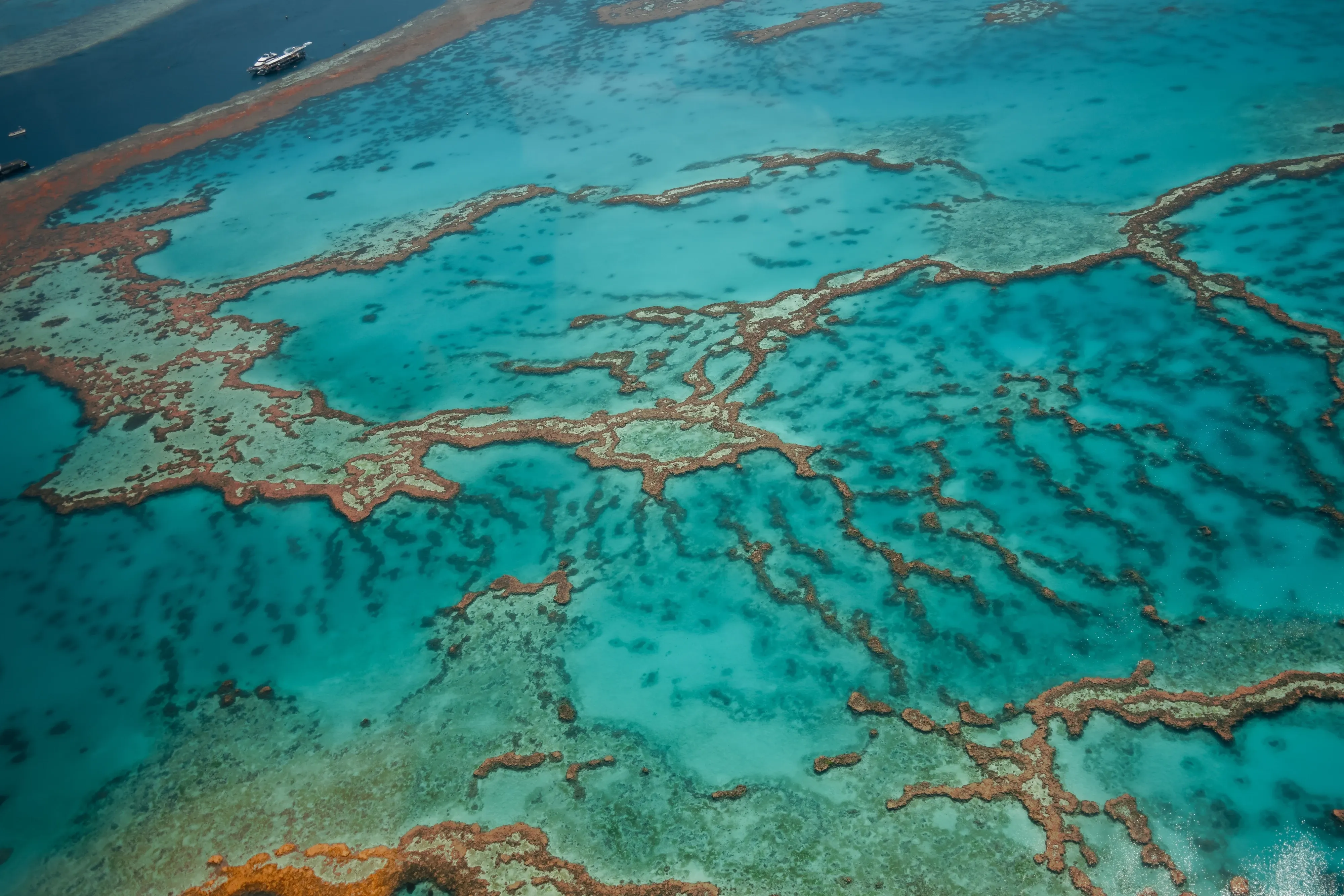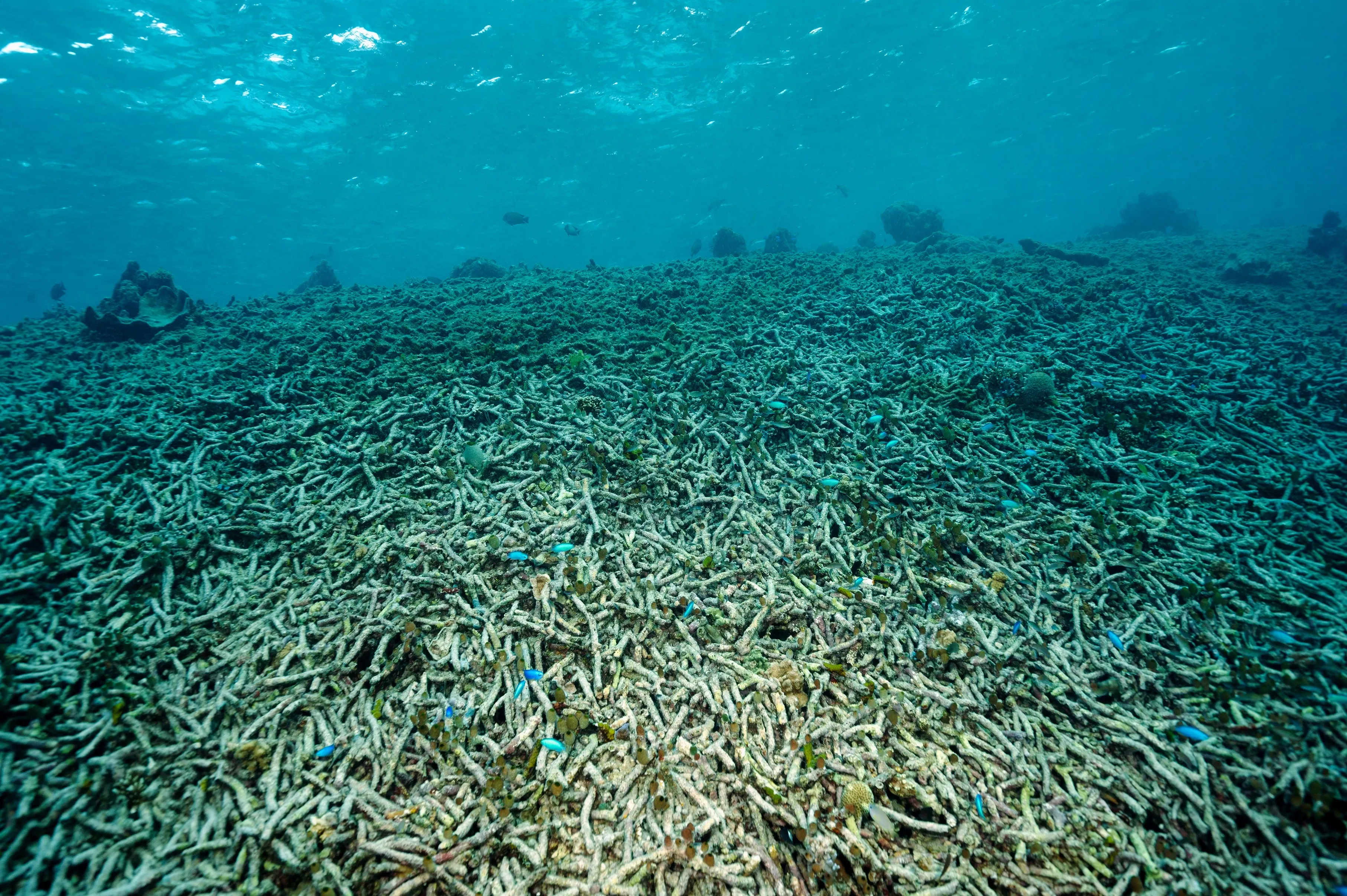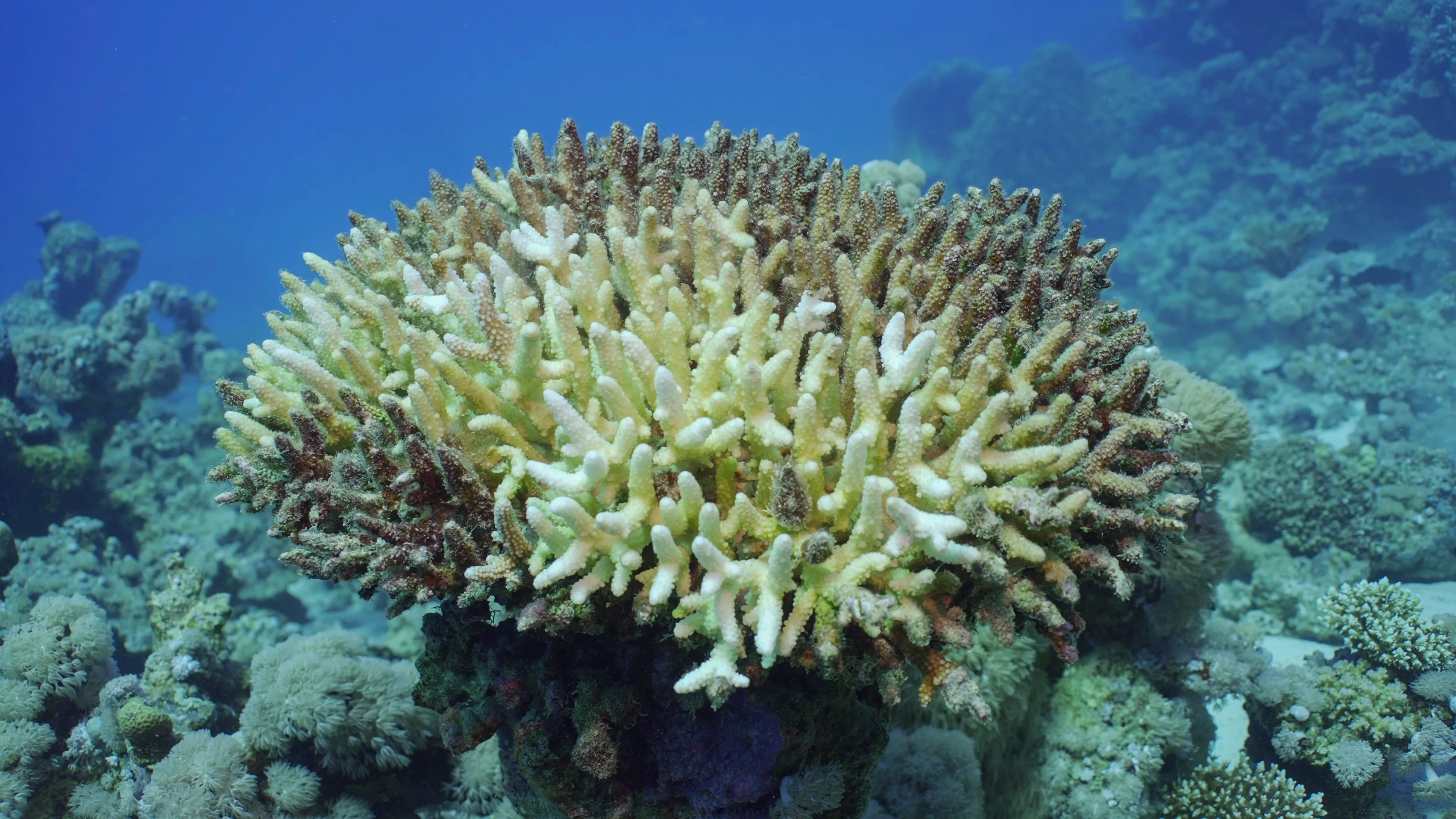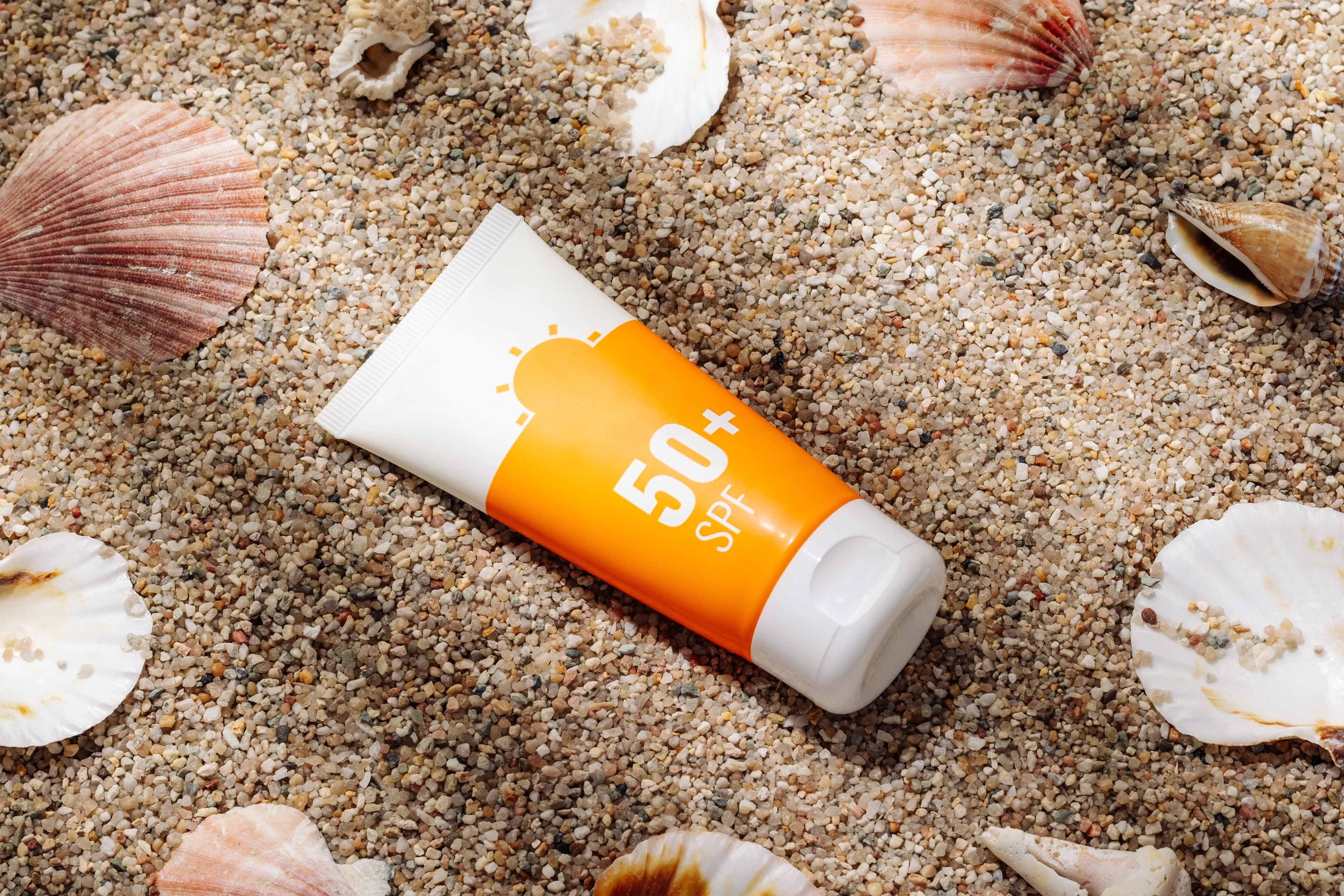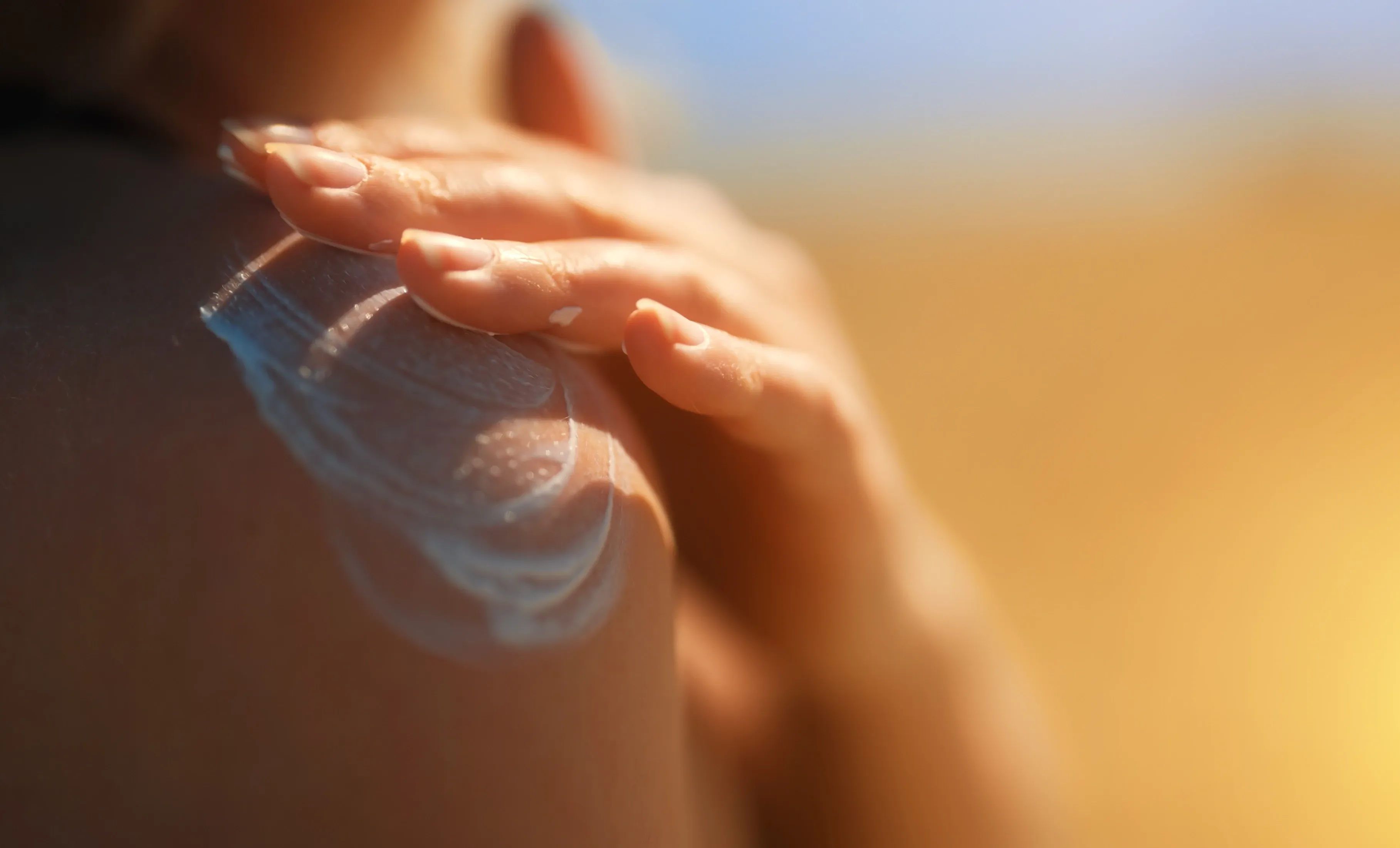Why is reef safe sunscreen so important
The chemicals used in most sunscreens can have devastating effects on marine environments. If you’re planning a trip that involves diving, snorkelling or swimming near coral reefs, minimise your impact on the environment by using reef-safe sunscreen.
What reef-safe sunscreen helps protect
Coral reefs are hugely important marine ecosystems; they are biodiversity hubs home to a great range of underwater life. The ecosystems are invaluable for both the natural world and for global economies, thanks to their benefits for fishing and tourism. By reducing the strength of waves, coral reefs help to protect coastal areas (including important ecosystems as well as human developments) and prevent the prevalence of tsunamis. Components of coral reefs have even been used in medicine, to help with the treatment of a range of conditions from arthritis to cancer.
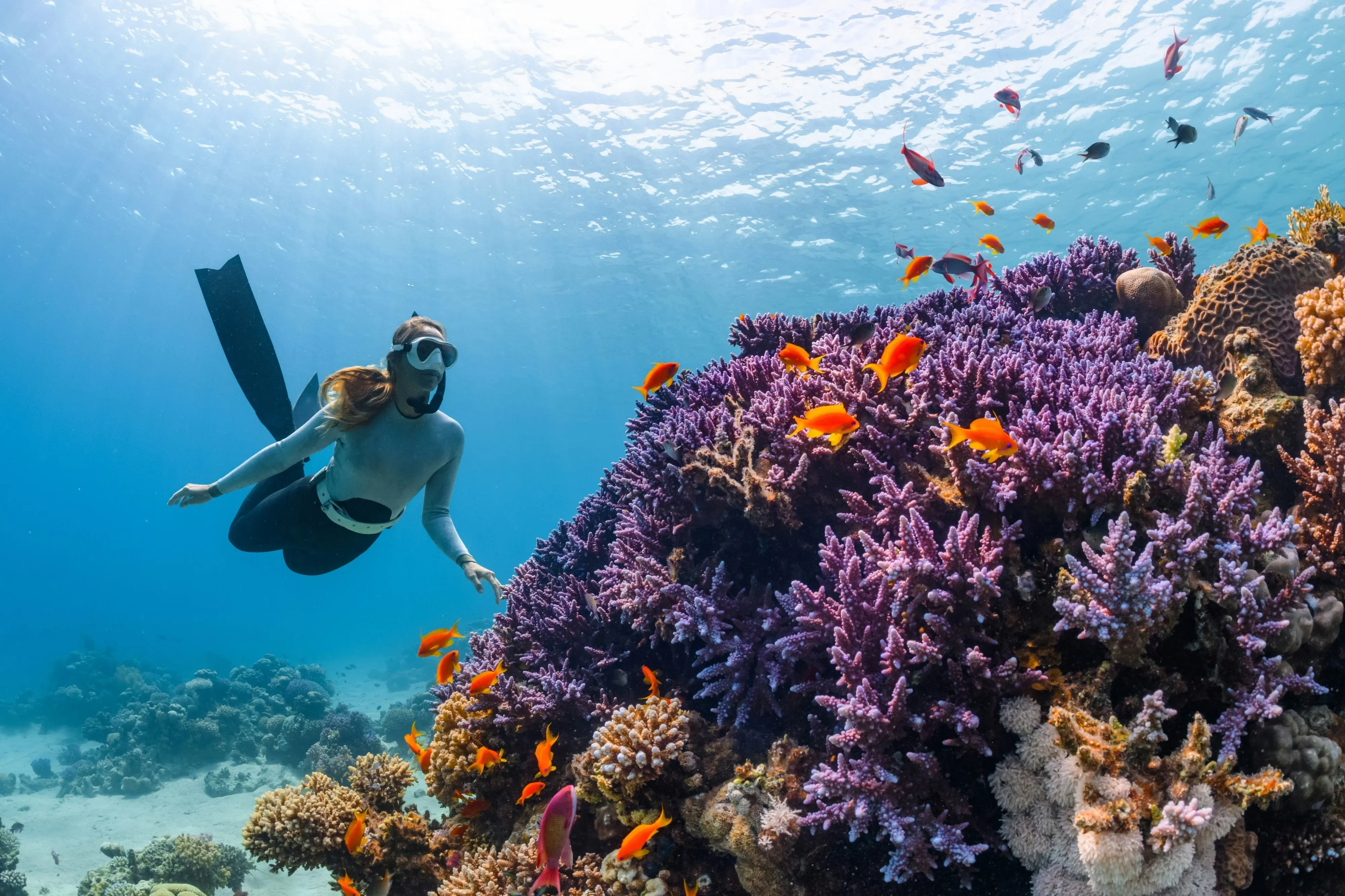
Coral reefs are being degraded by human activity and, amongst other direct threats (like overfishing and human development), changes in ocean temperature are negatively impacting these precious ecosystems around the globe. To help tackle this problem, we must consider our day-to-day habits. To help save coral reefs, we should consider how we can conserve water, reduce our use of pollutants, reduce waste, reduce energy usage and buy fish responsibly.
While sunscreen isn’t the main culprit for coral reef deterioration, it has been shown to cause harm to the ecosystems and the issue is especially pertinent for the health of coral reefs that attract large numbers of tourists. Moreover, it is a problem that is simple to solve, thanks to the availability of coral reef-safe sunscreen.
What makes sunscreen not reef safe
The main ingredients in sunscreen that are thought to harm coral reefs are oxybenzone, octinoxate, octocrylene and butyl paraben. Studies have shown these chemicals to cause coral bleaching – the whitening of corals that happens when the algae that normally live in a coral’s tissues are expelled. This process is seen when corals are under stress. Many corals rely on these algae for food and energy from the sun and die without them. Preventing coral bleaching is important because once corals die, reefs rarely come back; for those that do recover, the process can take about 10 years.
How does reef-safe sunscreen work?
The ingredients titanium oxide and zinc oxide are touted as reef-safe sunscreen substitutes. While these are likely to be less harmful than the chemical mentioned above, they are only truly eco-friendly alternatives if they are non-nanotised – that is, if they are made with particles larger than 100 nanometres. Artificial ingredients are often made with nanotised particles, which make the products easier to apply and rub into the skin but are also more easily absorbed by coral reefs thanks to their tiny size. With non-nanotised ingredients, the particles are larger and closer to the size that would be found organically in nature. They are less likely to be absorbed by coral reefs and are, therefore, less likely to cause stress for corals. They can prevent coral bleaching and have less impact on marine environments.
How do you know if a sunscreen is reef safe?
Look for reef-friendly sunscreen but beware that not all sunscreens labelled as reef friendly are safe for marine environments – the term ‘reef safe’ is not yet regulated. Always check the ingredients list for harmful substances, including oxybenzone, octinoxate, octocrylene and butyl paraben, as well as nano-titanium oxide and nano-zinc oxide. Avoid any aerosol sunscreens – these will likely contain nano-sized substances. If you are looking for all-round eco-friendly sunscreen, consider the container, too, and try to avoid single-use plastic bottles.
To recap, the best reef-safe sunscreens are those made with the non-nanotised versions of the key ingredients titanium oxide and zinc oxide. There are numerous companies manufacturing reef-safe sunscreen based on these main ingredients; search online to find the best brands that are local to you. Truly ocean-friendly sunscreen might not be available in high street stores or in the countries you are visiting, so be sure to buy plenty before you leave for your trip.
When to use reef-safe sunscreen
It is extremely important for your health to protect your skin from harmful UV rays, but if you can reduce the amount of sunscreen you need to wear, this is the best way you can protect coral reefs from chemical pollution while swimming in the ocean. The best solution is to wear long-sleeved swim tops and leggings to reduce the amount of sunscreen you need to apply if you are planning to go in the sea. Use reef-safe sunscreen on areas that aren’t covered, like your face, neck and hands. Choosing reef-safe sunscreen is especially important if you are visiting a place with lots of coral reefs. To protect our marine environments, it is always best to choose reef-safe sunscreen whenever you will be going into the ocean.
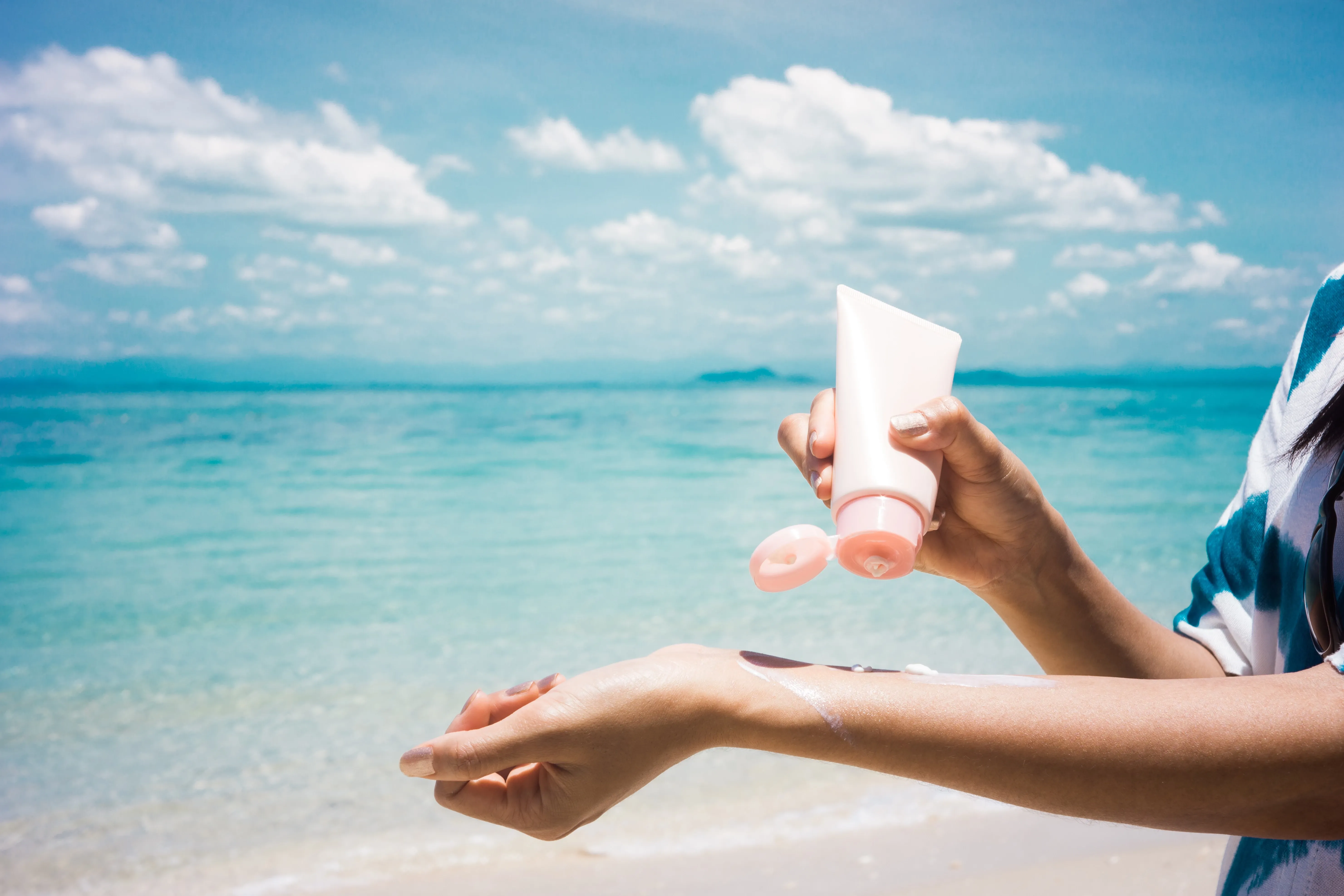
Inclusive protection
Protect your skin and the environment you are visiting by stocking up on reef safe sunscreen before swimming around or near coral reefs. Unfortunately, most sunscreens on the shelves of high street stores are not environmentally friendly, so choosing a reef safe option will require some research on your part. Find the right sunscreen for you by searching for reef-safe options available in your country and always check the ingredients list for harmful chemicals and nano substances. Remember that just because a product is labelled as reef safe doesn’t mean it won’t cause any harm to ocean life.
Source references:
Natural History Museum
Nature.com
Marine Conservation.org.au
Springer Link
Sign up for the newsletter
By clicking on “Subscribe now” I will subscribe to the Conscious Explorer newsletter with all the information about mindful travel. Information on the success measurement included in the consent, the use of the shipping service provider MailChimp, logging of the registration and your rights of revocation can be found in our privacy policy.

